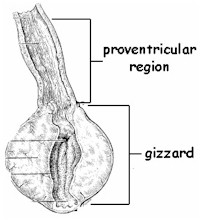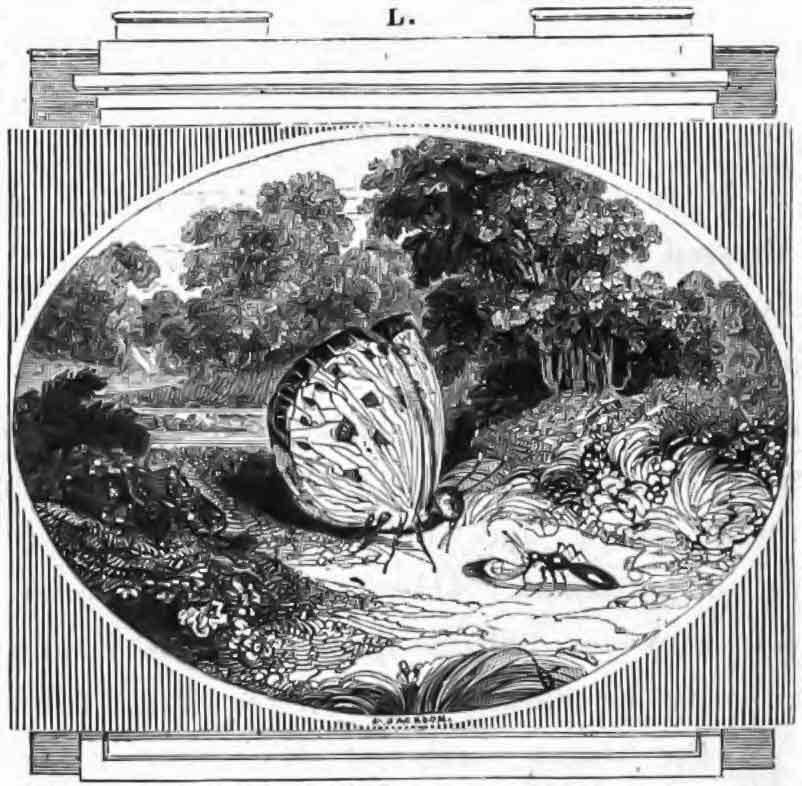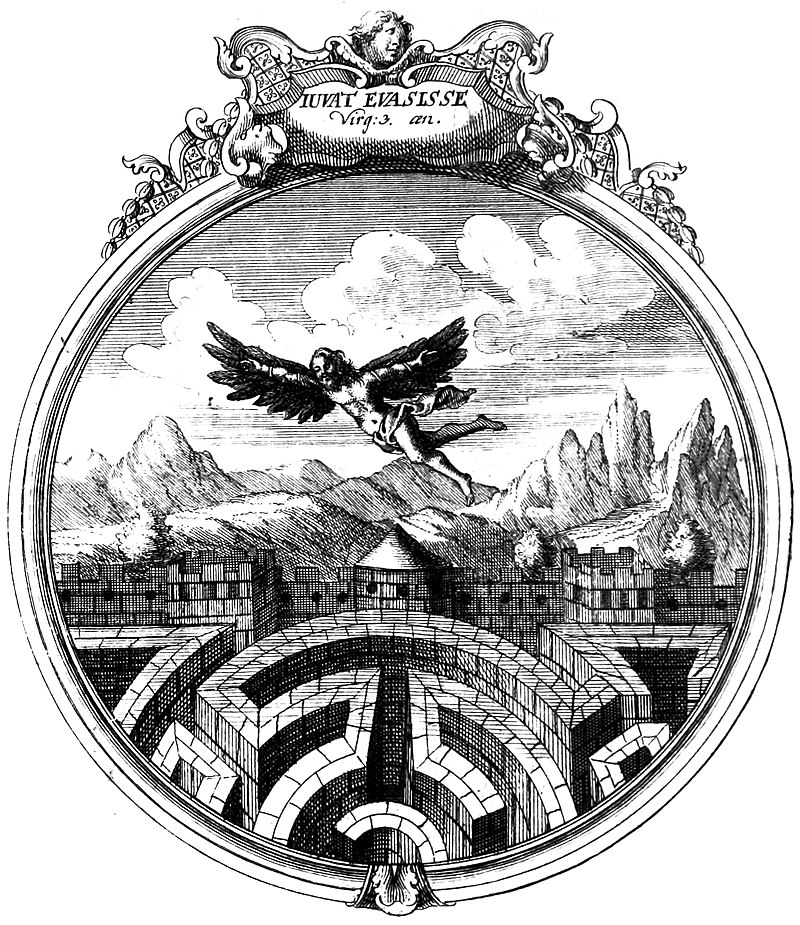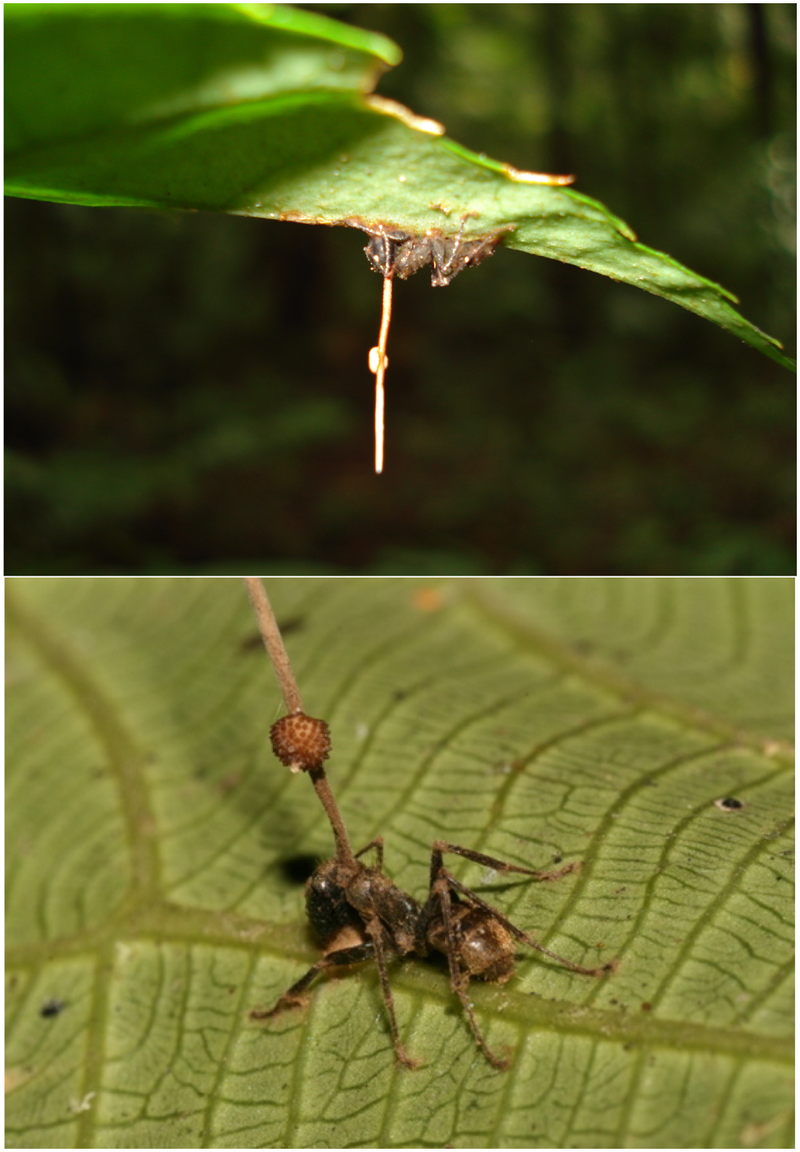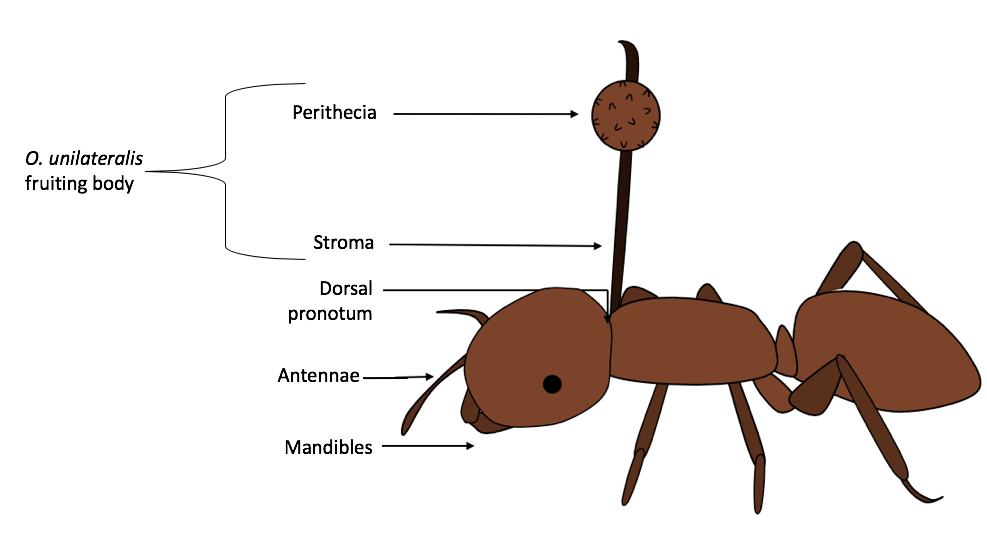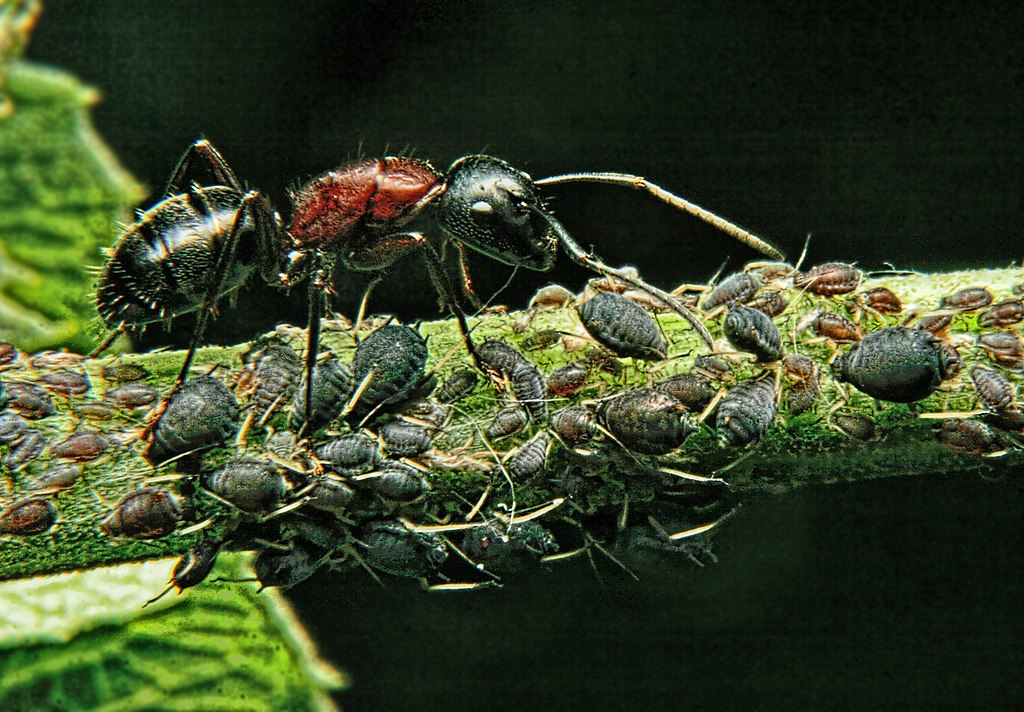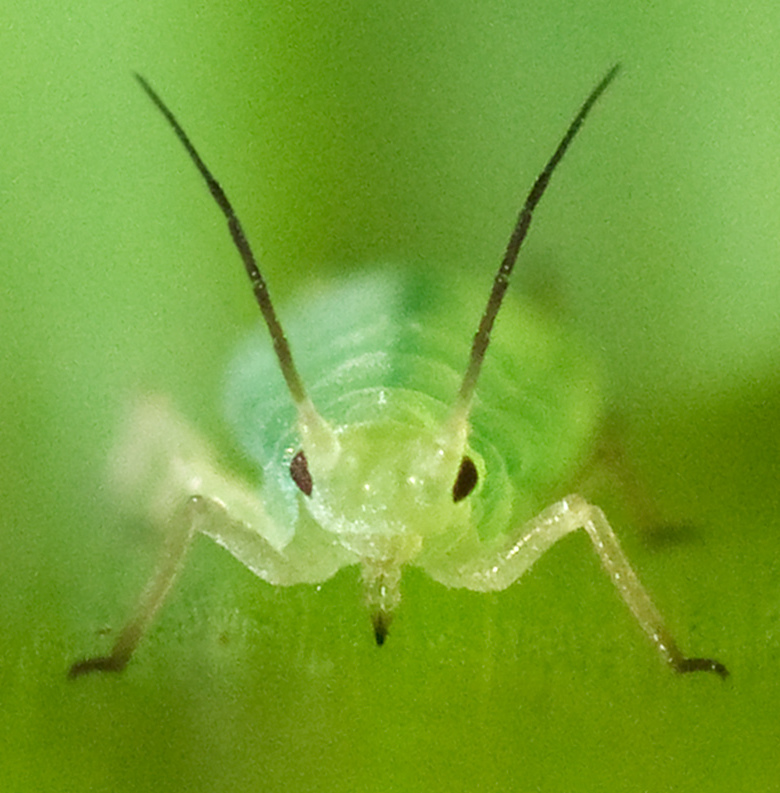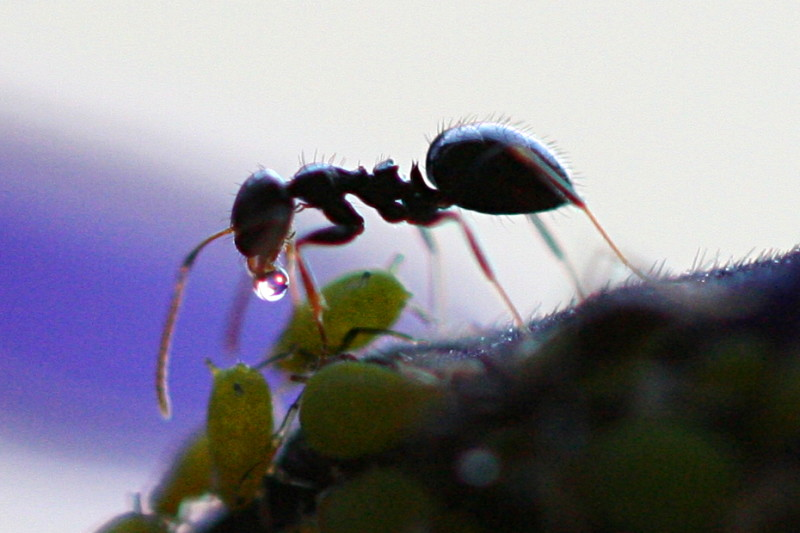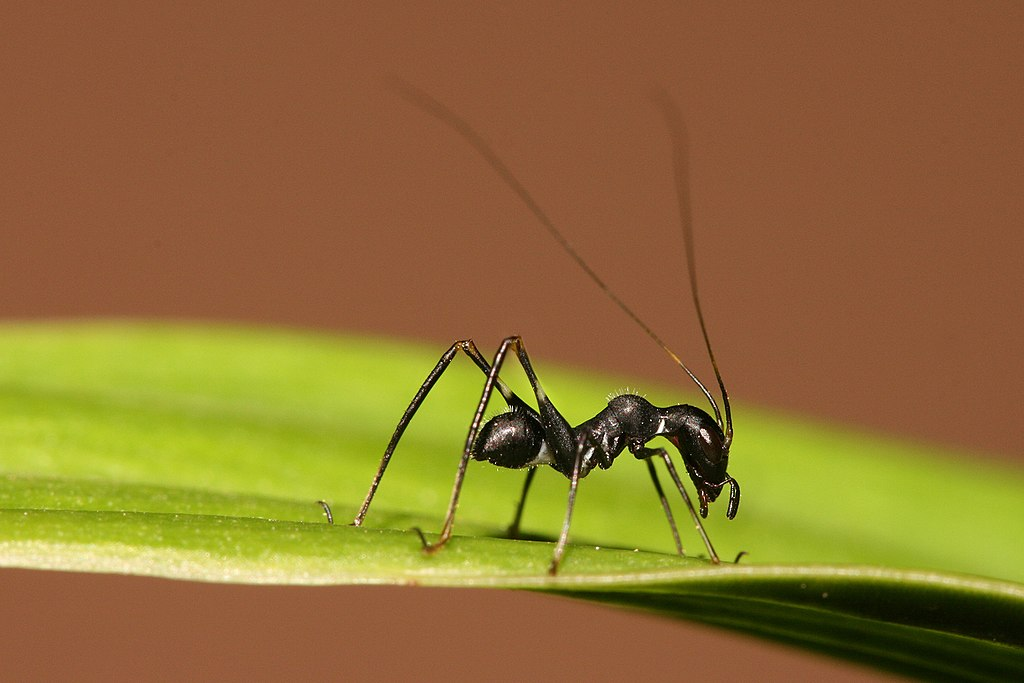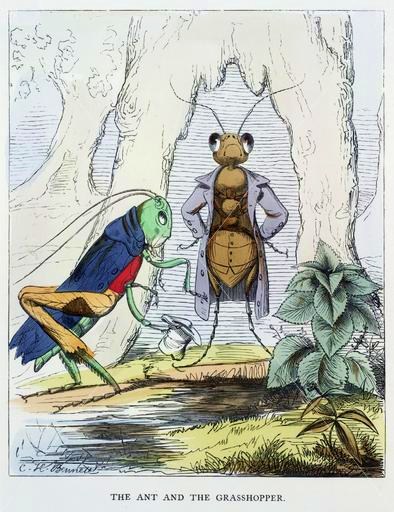Pistacia terebinthus aka the terebinth and the turpentine tree
Pistacia terebinthus also called the terebinth and the turpentine tree, is a deciduous tree species of the genus Pistacia, native to the Mediterranean region from the western regions of Morocco and Portugal to Greece and western and southeastern Turkey. At one time terebinths growing
The lactating birds and the bees (gastrin, pepsin, etc)
Crop milk is a secretion from the lining of the crop of parent birds that is regurgitated to young birds. It is found among all pigeons and doves where it is referred to as pigeon milk. An analog to crop milk is also secreted from the esophagus of flamingos and the male emperor penguin. D
The Ant and the Caterpillar
As an Ant of his talents superiorly vain,Was trotting with consequence over the plain;A Worm, in his progress remarkably slow,Cry’d ‘Bless your good worship, wherever you go!‘I hope your great mightiness won’t take it ill,‘I pay my respects from an hearty good will.’With a look of contem
Daedalus (Greek mythology)
In Greek mythology, Daedalus (Greek: Δαίδαλος; Latin: Daedalus; Etruscan: Taitale) was a skillful architect and craftsman, seen as a symbol of wisdom, knowledge and power. He is the father of Icarus, the uncle of Perdix, and possibly also the father of Iapyx. Among his most famous
Myrmidons (and a little Myrmex)
In Greek mythology, the Myrmidons (or Myrmidones; Greek: Μυρμιδόνες) were an ancient Thessalian Greek tribe. In Homer’s Iliad, the Myrmidons are the soldiers commanded by Achilles. Their eponymous ancestor was Myrmidon, a king of Phthiotis who was a son of Zeus an
Zombie Ant Fungus “Medicinal potential”
Ophiocordyceps are known in the pharmaceutical world to be a medically-important group. O. unilateralis fungi produce various known secondary metabolites, as well as several structurally uncharacterised substances. These natural products are reportedly being investigated as poten
Ophiocordyceps unilateralis, aka Zombie Ant Fungus (Morphology)
The zombie-ant fungus is easily identifiable when its reproductive structure becomes apparent on its dead host, usually a carpenter ant. At the end of its life cycle, O. unilateralis typically generates a single, wiry yet pliant, darkly pigmented stroma which arises from the dorsal pr
Ants and aphids
Some species of ants farm aphids, protecting them on the plants where they are feeding, and consuming the honeydew the aphids release from the terminations of their alimentary canals. This is a mutualistic relationship, with these dairying ants milking the aphids by str
Aphids, carotenoids and photoheterotrophy
Some species of aphids have acquired the ability to synthesise red carotenoids by horizontal gene transfer from fungi. They are the only animals other than two-spotted spider mites and the oriental hornet with this capability. Using their carotenoids, aph
Katydids have the biggest balls of all
Insects in the family Tettigoniidae are commonly called katydids (especially in North America), or bush crickets. They have previously been known as “long-horned grasshoppers”. More than 8,000 species are known. Part of the
Ant-mimicking Orthoptera: Crickets, grasshoppers etc.
Batesian mimicry Young instars of some Orthoptera, such as the bush cricket Macroxiphus sumatranus, have an “uncanny resemblance” to ants, extending to their black coloration, remarkably perfect antlike shape, and convincingly antlike behaviour. Their long antennae are camouflaged t
The Ant and The Grasshopper – Fable and Counter-fable
The Ant and the Grasshopper, alternatively titled The Grasshopper and the Ant (or Ants), is one of Aesop’s Fables, numbered 373 in the Perry Index. The fable describes how a hungry grasshopper begs for food from an ant when winter comes and is refused. The situation sums up moral lessons



